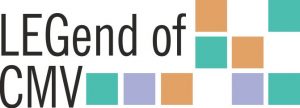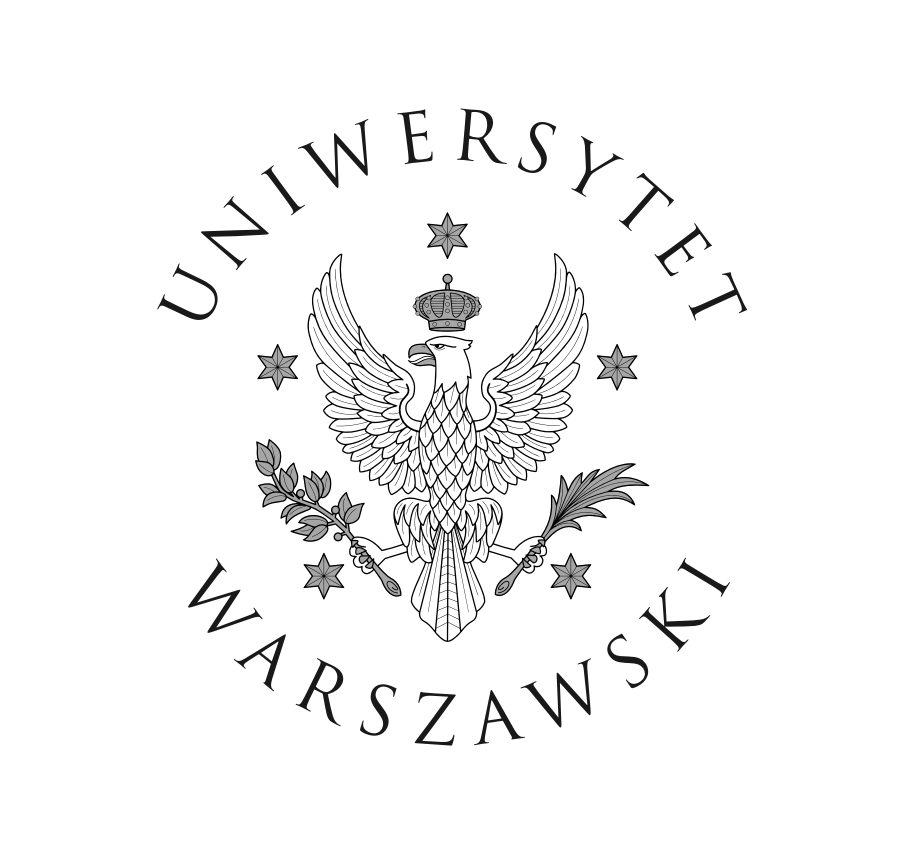Optimization of the legend design of a map as a component of a geovisualization tool in the context of effectiveness and information acquisition strategies [Optymalizacja redakcji legendy mapy jako elementu narzędzi geowizualizacji w kontekście efektywności i strategii pozyskiwania informacji] (2019-2023):
Nowadays, maps are frequently combined with other data displays. The example is an approach to geographic visualization (geovisualization) which is based on coordinated and multiple views (CMV). It integrates multiple visualizations (maps, tables, diagrams, and graphs) with different strengths and interactive capabilities. CMV tools show data in separate but dynamically linked views, and display data simultaneously in these views by means of interaction techniques. CMV tools are considered one of the dominant approaches in geovisualization, although they are associated with high cognitive load due to its high complexity.
The new context in which maps appear brings new challenges. Maps being a part of a CMV tool generate new challenges for the design of legend layouts, since visual logic, as well as the relationships between the themes and topics presented by the map and other views, have to be maintained. This growing complexity means that it is becoming more important to understand how legends are used in the process of solving problems with the help of maps integrated with other views in a CMV tool. The objective of the project is to determine the role of a legend design which explains a map applied in an interactive geovisualization tool. The scope of the research includes analysis of small-scale thematic maps perception in the context of legend design.
In order to achieve the stated goals, there will be conducted an empirical study with applied eye tracking and usability performance metrics. The participants will answer questions and solve given tasks using information that they have to read from the presented CMV tool with differently designed legends. Based on the eye movement recordings, there will be investigated how users work with the tool and whether they applied various strategies of information acquisition when working with the different legend layouts. Applying both usability performance metrics and eye tracking will enable an comprehensive insight to be gained on what users tend to look at, and why they do so.
Finansed by: Narodowe Centrum Nauki.
Zespół:
dr Izabela Gołębiowska (Kierownik Projektu)
mgr Robert Piątek (stypendysta)
Projekt realizowany we współpracy z:
dr hab. Tomasz Opach (NTNU, Norwegia), Professor Arzu Çöltekin (FHNW, Szwajcaria), dr Jolanta Korycka-Skorupa (WGiSR UW), prof. Jan Ketil Rød (NTNU, Norwegia)
Publikacje:
- Gołębiowska I., Opach T., Çöltekin A., Korycka-Skorupa J. Rød J.K., 2023. Legends of the dashboard: an empirical evaluation of split and joint layout designs for geovisual analytics interfaces, International Journal of Digital Earth, 16(1), 1395-1417, DOI: 10.1080/17538947.2023.2197262 (IF 4.606, 100 MEiN points);
- Golebiowska, I., Coltekin, A., 2022. What’s wrong with the rainbow? An interdisciplinary review of empirical evidence for and against the rainbow color scheme in visualizations. ISPRS Journal of Photogrammetry and Remote Sensing. 194(12): 195-208. DOI: 10.1016/j.isprsjprs.2022.10.002 (IF 11.774, 200 points MEiN).
- Piątek R., Gołębiowska I., 2022, Do navigation maps need a legend? Empirical assessment of the intuitiveness of point symbols on mobile maps. Polish Cartographical Review, 54, DOI: 10.2478/pcr-2022-0003 (70 points MEiN).
- Gołębiowska, I., 2021, Użyteczność geowizualizacji wieloelementowych w kontekście semiotyki kartograficznej. Warszawa: Wydawnictwa Uniwersytetu Warszawskiego. DOI: 10.31338/uw.9788323553410, ISBN: 978-83-235-5341-0.
- Gołębiowska I., Opach T., & Çöltekin A. 2021. Assessing legend designs for coordinated and multiple views geovisualizations. Abstr. Int. Cartogr. Assoc., 3, 93, DOI: 10.5194/ica-abs-3-93-2021
- Golebiowska I., Opach T., Rød J.K., 2020. Breaking the Eyes: How Do Users Get Started with a Coordinated and Multiple Views Geovisualization Tool? The Cartographic Journal, DOI: 10.1080/00087041.2019.1660513 (IF: 1.276, 70 points MNiSW)
- Havelková L., Gołębiowska I.M., 2020. What Went Wrong for Bad Solvers during Thematic Map Analysis? Lessons Learned from an Eye-Tracking Study, ISPRS International Journal of Geo-Information, 9(1), 9; DOI: 10.3390/ijgi9010009 (IF 1.84, 70 points MNiSW)
Wystąpienia:
- 27. Festiwal Nauki, warsztaty popularno-naukowe dla młodzieży licealnej: „Czy wszyscy tak samo czytamy mapę? – warsztaty z eye tracking w badaniach map”, 25.09.2023, Warszawa, prowadzący: I. Gołębiowska, J. Korycka-Skorupa, W.Wnuk i B. Omelianska.
- Empiryczna ocena geowizualizacji wieloelementowych a wybrane cechy użytkowników, XLV Ogólnopolska Konferencja Kartograficzna, 20-23.09.2023, Lublin-Janów Lubelski. Gołębiowska I., Opach T., Solarz M.
- Over the rainbow: An in-depth examination of the pervasiveness of the rainbow colour scheme, 31st International Cartographic Conference, 13-18.08.2023, Cape Town, RPA. Gołębiowska I., Çöltekin A.
- Split legend or split attention? Evaluating layout designs of geodashboard interfaces, 31st International Cartographic Conference, 13-18.08.2023, Cape Town, RPA. Gołębiowska I., Opach T., Çöltekin A., Korycka-Skorupa J., Rød J.K.
- Festiwal nauki w Prusie 2023. XXXV Liceum Ogólnokształcącym z Oddziałami Dwujęzycznymi im. Bolesława Prusa. Zobacz, jak mapa jest czytana. O metodzie eye tracking w kartografii, Warszawa, prowadzący: I. Gołębiowska, J. Korycka-Skorupa, E. Konopka, M. Solarz.
- 26. Festiwal Nauki, warsztaty popularno-naukowe dla młodzieży licealnej: „Czy wszyscy tak samo czytamy mapę? – warsztaty z eye tracking w badaniach map”, 26.09.2022, Warszawa, prowadzący: I. Gołębiowska, J. Korycka-Skorupa, E. Konopka i K. Wróblewski.
- Gołębiowska I., Semiotyka kartograficzna jako perspektywa teoretyczna w badaniach geowizualizacji wieloelementowych, XLIV Ogólnopolska Konferencja Kartograficzna, 29-30.09.2022, Toruń.
- 13th CZECH-POLISH-SLOVAK SEMINARIUM: Geography for times in disarray, 1-3 June 2022, Kostelec nad Ohří (Czech Republic), referat: Toward linking coordinated views geovisualizations with cartographic semiotics, referujący: Izabela Gołębiowska
- 30th International Cartographic Conference, 14-18.12.2021, Florencja (Włochy), referat pt. „Assessing legend designs for coordinated and multiple views geovisualizations.” Gołębiowska I., Opach T., & Çöltekin A.
- XLIII Ogólnopolska Konferencja Kartograficza, 26-27.10.2021 (online), referat pt. „Czy mapy do nawigacji potrzebują legendy? Empiryczna ocena intuicyjności symbolizacji na mapach mobilnych”, Piątek R., Gołębiowska I..
- Geoinformatyczna Nocy Badaczy, 30.09.2021, referat pt. „Czy wszyscy widzimy mapę tak samo? – o zastosowaniu metody eye tracking w badaniach map”, referujący: Izabela Gołębiowska
- Seminarium Oddziału Kartograficznego Polskiego Towarzystwa Geograficznego, 8.01.2021, referat pt. „Użyteczność wieloelementowych geowizualizacji w kontekście semiotyki kartograficznej. Redundancja, interakcja, legenda.”, referujący: Izabela Gołębiowska
- Seminarium Naukowe Katedry Geomatyki i Systemów Informacyjnych, Wydziału Geografii i Studiów Regionalnych, Uniwersytetu Warszawskiego, 14.12.2020, referat pt. „Użyteczność wieloelementowych geowizualizacji w kontekście semiotyki kartograficznej”, referujący: Izabela Gołębiowska
- Ogólnopolskie Seminarium Naukowe z okazji 10-lecia Zakładu Kartografii i Geomatyki Uniwersytetu im. Adama Mickiewicza w Poznaniu, 10 luty 2020, Poznań, referat zapraszany pt. „Sposoby empirycznej ewaluacji złożonych narzędzi geowizualizacji z wykorzystaniem metody eye tracking”, referujący: Izabela Gołębiowska



